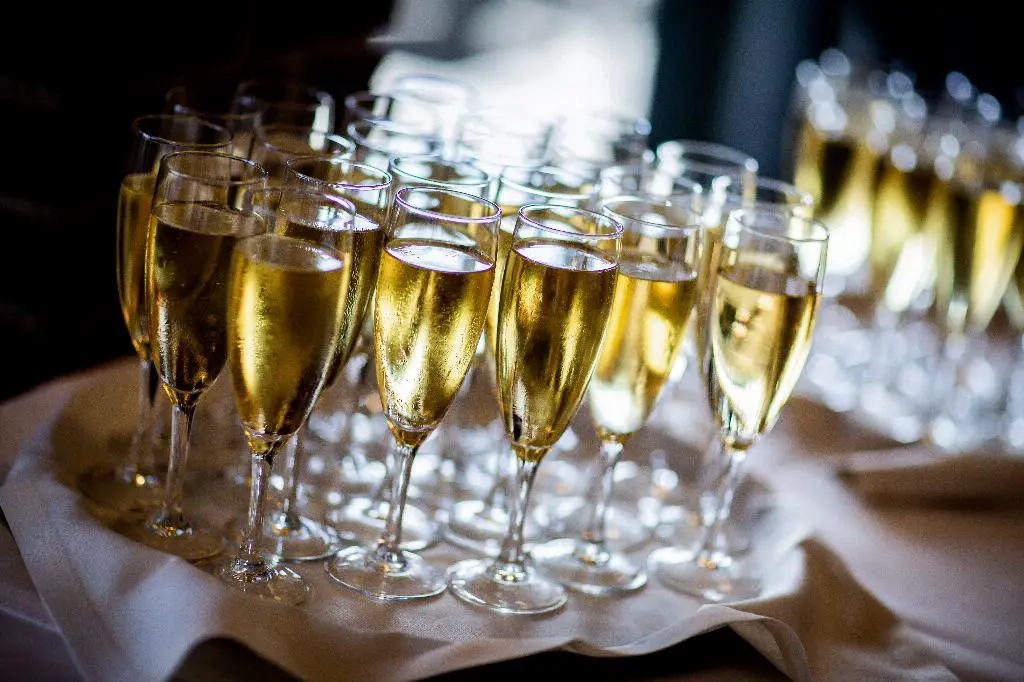When it comes to exploring the diverse cultural landscape of Yukon, one cannot overlook the significant role played by its Indigenous communities. Yukon is home to 14 distinct First Nations, each with its own unique traditions, languages, and customs. These vibrant communities contribute to the rich tapestry of Yukon’s heritage, preserving their ancestral knowledge and passing it down through generations.
The Largest Yukon First Nation: Kwanlin D?n
Among the 14 Yukon First Nations, the largest in terms of population is the Kwanlin D?n. This community has a strong affiliation with the Southern Tutchone Tribal Council, linguistically connecting them with the Southern Tutchone people. Alongside the Southern Tutchone, the Kwanlin D?n also consists of members from the Tagish \u1e34w?an (T?g?r kw?ch\u02bcan or “Carcross-Tagish People”) and the Tlingit (\u0141?ngit or “Coast People”). These distinct cultural influences create a multifaceted community with a deep appreciation for their heritage.
Tracing the Roots: The 14 Yukon First Nations
1. Champagne and Aishihik First Nations: The Champagne and Aishihik First Nations, known as CAFN, are descendants of Southern Tutchone-speaking people and have a rich history in the southwest Yukon region. Their traditional territory spans across an area of remarkable natural beauty, including Kluane National Park and Reserve.
2. Teslin Tlingit Council: The Teslin Tlingit Council consists of the Teslin Inland Tlingit and has a deep connection to the land surrounding Teslin Lake. Their community values harmony with nature and works towards maintaining a sustainable way of life.
3. Kluane First Nation: Located in southwestern Yukon, the Kluane First Nation is a community deeply rooted in the Southern Tutchone culture. Their traditional territory encompasses the awe-inspiring Kluane National Park, a UNESCO World Heritage Site renowned for its majestic glaciers and wildlife.
4. Carcross/Tagish First Nation: The Carcross/Tagish First Nation, often referred to as CTFN, is a community that embraces both the Tagish and Tlingit cultures. Their ancestral lands include the picturesque town of Carcross, situated between the stunning Bennett Lake and Nares Lake.
5. Selkirk First Nation: The Selkirk First Nation resides in the central Yukon region and has ties to the Northern Tutchone language. Their traditional lands are enriched by the mighty Yukon River, which has been an essential lifeline for their people for centuries.
6. Ta’an Kwach’an Council: The Ta’an Kwach’an Council is a First Nation that shares a common heritage with both the Tutchone and Tagish peoples. Their ancestral lands encompass parts of the Fish Lake region, known for its abundance of wildlife and natural beauty.
7. Little Salmon/Carmacks First Nation: The Little Salmon/Carmacks First Nation, or LSCFN, is rooted in the ancestral lands surrounding the picturesque Yukon River. Combining the traditions of the Northern Tutchone and Tlingit peoples, they have deep ties to the land and the river’s resources.
8. Vuntut Gwitchin First Nation: Located in the northernmost region of the Yukon, the Vuntut Gwitchin First Nation thrives on the banks of Old Crow. The Vuntut Gwitchin have upheld their unique heritage, including their Gwich’in language and their reliance on the porcupine caribou herd.
9. Tr’ondëk Hwëch’in: The Tr’ondëk Hwëch’in, often called the Dawson First Nation, is based in the historic town of Dawson City. They have a rich history deeply intertwined with the Klondike Gold Rush and take pride in preserving and sharing their Han language and traditions.
10. Nacho Nyak Dun First Nation: The Nacho Nyak Dun First Nation thrives in the Mayo area of central Yukon. This community is part of the Northern Tutchone linguistic group and cherishes their connection to the awe-inspiring Stewart River and the surrounding wilderness.
11. Ross River Dena Council: The Ross River Dena Council, or RRDC, is a resilient First Nation located in the Yukon’s central region. With their ties to the Northern Tutchone language, they have a profound respect for the land, which sustains not only their physical needs but also their cultural identity.
12. White River First Nation: The White River First Nation is situated in the southeast Yukon region and holds a deep connection to the land surrounding the White River. This Northern Tutchone-speaking community values their relationship with the natural world and honors their history through cultural practices.
13. First Nation of Na-Cho Nyäk Dun: The First Nation of Na-Cho Nyäk Dun, or FNNND, is dedicated to preserving and revitalizing the Northern Tutchone language and culture. Their traditional territory encompasses a vast and diverse landscape, from the breathtaking peaks of the Ruby Range Mountains to the expansive valleys.
14. Kwanlin Dün First Nation: As mentioned earlier, the Kwanlin Dün First Nation is the largest First Nation in Yukon, with members representing the Southern Tutchone, Tagish \u1e34w?an, and Tlingit cultures. Their unique blend of cultural traditions and their commitment to preserving their heritage are central to their community’s identity.

Preservation and Collaboration: The Journey Continues
As we delve into the rich history and cultural fabric of the 14 Yukon First Nations, it becomes evident that they play a vital role in both preserving their deep-rooted traditions and shaping the modern identity of Yukon. The collaboration and cooperation between these First Nations, as well as their ongoing efforts to revitalize and share their languages and customs, contribute to the vibrant and diverse tapestry of Yukon’s cultural landscape. Exploring the heritage of Yukon’s 14 First Nations is an invitation to appreciate the depth and richness of Indigenous cultures that have thrived in this breathtaking region for countless generations.
